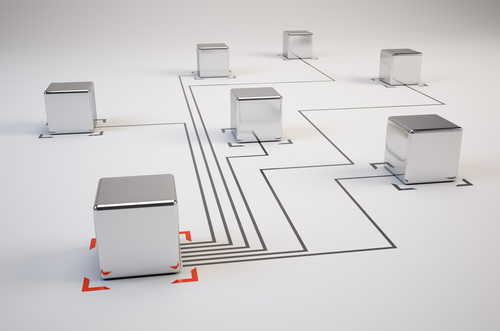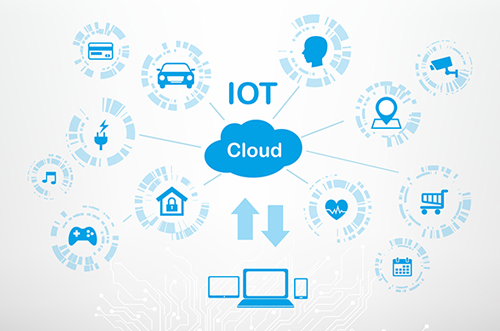


Telecommunication companies like Cisco, Juniper, and Alcatel provide networking gears such as routers, switches, and gateways for wireline and wireless networks. These are used by carriers like Verizon or ATT to provide services
like voice calls, text, internet data, TV, video conferencing, music, and so on. Lot of data is generated through these equipment, which requires Big Data solution to compute and deliver the capacity to manage it.

Telecom firms must properly plan the network capacity, which helps to maximize revenue and to handle unusual traffic. To develop the capacity planning for a region, planning teams must collect data, perform traffic data analysis, and
forecast usage. Big Data solution provides storage and computes large amount of traffic data, thereby resulting in efficient data analysis and forecasting models.
Voice or data traffic follow abrupt pattern. During emergencies, games, bad weather, or big events, traffic can increase to unusual level. Increased traffic adds burden on telecommunication network leading to failures and
service disruptions. Network planners must constantly monitor network traffic and apply pre-diction logic to auto scale their capacity on demand. Big Data solutions provide forecasting and machine learning models to quickly predict
demand and trends.
Diverse datasets like weather, and social feeds can be integrated to correlate weather and social events to network usage, and perform analysis and prediction.
Real time network traffic monitoring on wireless sites enables better cell site congestion management. It also helps to prioritize bandwidth uses across applications.
Telecom companies can push network endpoint logs like Syslogs or SNMP to a central place and monitor the health of network. They can provision real time alerts, detect threats, and perform anomaly detection. Correlation of monitored events with dropped calls or dropped data connections provide operator insights on the cause of failures. Central collection of events allow network operations team to see a holistic view of network in real time.
Telecom companies can utilize the power of Big Data to process CDRs and UDRs in real time. Real time processing of CDRs and performing complex event processing allows to improve call quality and detect patterns. Network teams can store CDRs in Hadoop for operational reporting, billing, and data science. UDRs for data connections can also be processed in real time to understand bandwidth utilization.
As telecom firms focus on M2M and IoT offerings, they allow to create a network of connected machines, sensors, or devices. These sensors or devices sends events such as location, temperature, or operation-al events to a central hub.
Processing of billions of sparse events can be done easily using Big Data solutions. These solutions allow enrichment of incoming events, anomaly detection, correlation between these events, and executing ac-tions. Storage
of these events in Hadoop allows easy exploration and operational reporting.


Telecom equipment generates packet flows like Netflow, sFlow, or syslog, and can also perform deep packet inspection. Collection of packet flows, logs, protocol, and application information in real time al-lows network teams to detect changing patterns and anomalies to detect cyber threat. Storage of packet flows and network events in Hadoop allows security teams to perform correlation and threat investigation.
Customers make calls, send SMS, or browse internet over telecom network. Lot of important data is transferred through these network elements. Telecom companies can capture metadata and insights, and utilize Hadoop for storage. They can build user behavior models and create rich services based on them.